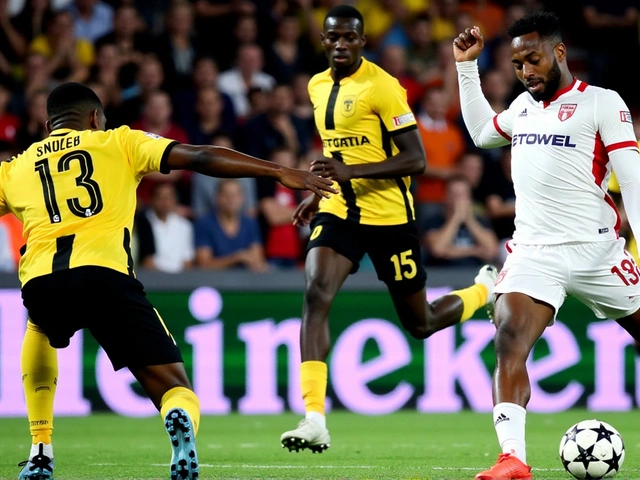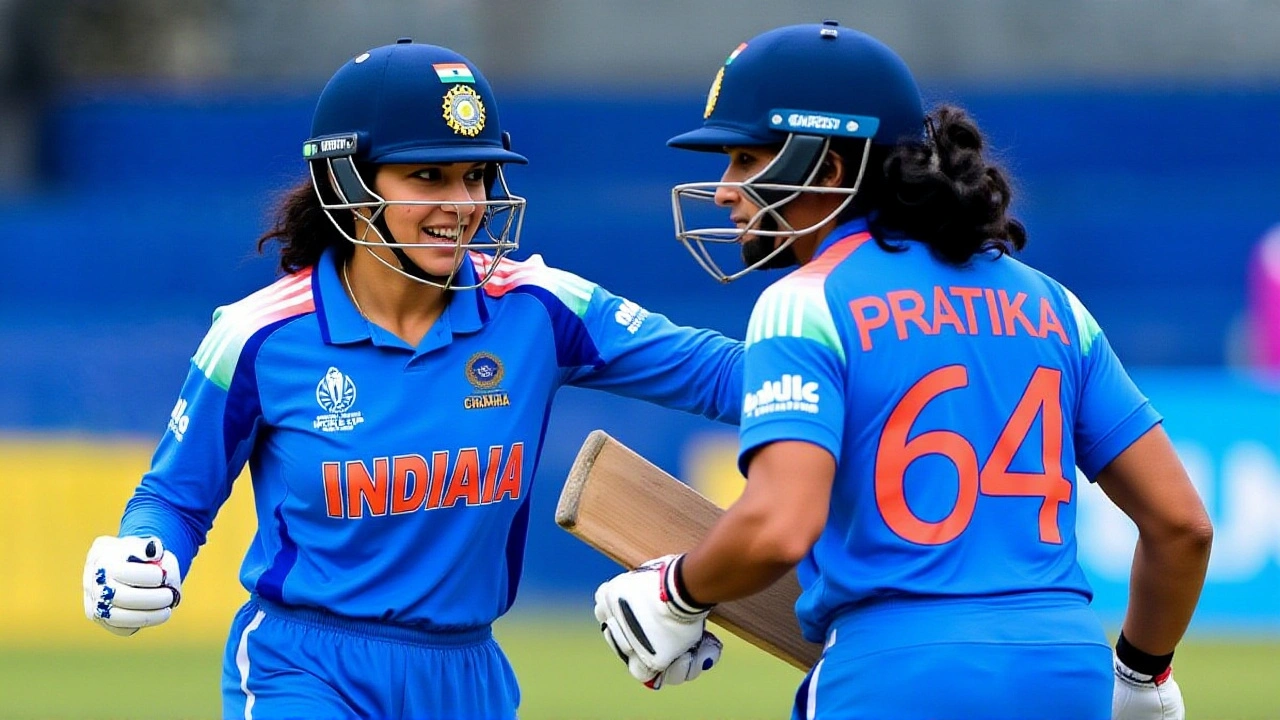Women’s Cricket World Cup
When you follow Women’s Cricket World Cup, the premier international tournament for women’s cricket teams, held every four years, you’re watching the sport’s biggest stage for female athletes. Also known as ICC Women’s World Cup, it brings together the strongest national squads to battle for the coveted trophy.
The competition is overseen by International Cricket Council, the global governing body that sets rules, schedules and qualification pathways for all cricket events. The ICC’s role ensures a level playing field and a clear route for emerging teams to earn a spot in the tournament. This governance structure links directly to how teams prepare, how qualifiers are drawn and how the final schedule is released.
At its core, the World Cup showcases elite batting and disciplined bowling, the art of delivering the ball in ways that limit runs and take wickets. The tournament encompasses high‑pressure batting performances, clever bowling variations, and strategic field placements. It requires teams to balance aggressive batting with tight bowling, a dynamic mix that makes every match unpredictable.
Why the tournament matters
The Women’s Cricket World Cup influences more than just the scoreboard. It boosts visibility for women’s sport across continents, inspires the next generation of players, and drives investment in grassroots cricket. The ICC’s marketing push and broadcast deals expand the audience, while national federations use the exposure to grow participation at the school level. In short, the tournament fuels a virtuous cycle: higher viewership leads to more sponsorship, which funds better training facilities, which then produces stronger teams.
Statistically, the World Cup produces record‑breaking numbers. Batting averages often climb as players adapt to high‑stakes conditions, while bowling economies drop when teams tighten their game plans. For example, the 2022 edition saw the highest team total in women's World Cup history, and the best bowling figures were recorded in the semi‑finals, underscoring how pressure brings out the best in both disciplines.
From a fan’s perspective, the tournament offers a mix of drama and skill that rivals any major sport. Rivalries such as Australia vs England or India vs New Zealand have become household conversations, and each knockout game feels like a final. The format—group stage followed by knockout—creates a narrative arc where underdogs can upset favorites, adding to the excitement.
Looking ahead, the upcoming edition promises fresh storylines: a new host nation, emerging talent from associate members, and innovative rule tweaks aimed at speeding up play. Readers will discover how these changes affect team tactics, player preparation, and overall viewer experience. Below, you’ll find the latest articles, in‑depth analyses, and match previews that unpack every angle of the Women’s Cricket World Cup.






